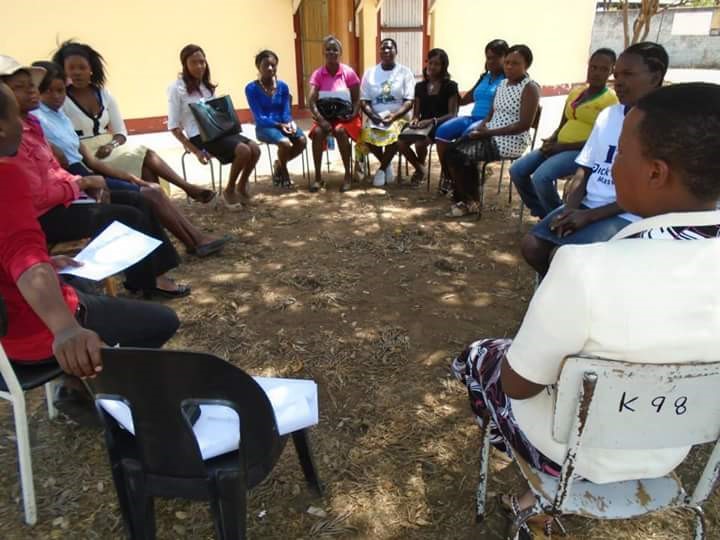Context
Zimbabwe’s economy continues to deteriorate thereby worsening the youth unemployment situation. The UNFPA estimated the country’s population at 16 million in 2016, about one-third (32%) of whom were young people aged 10-24 years and 55% constitute the labour force (15-64 years). The traditional job-for-life career paths for the working age population remain bleak. Zimbabwe has a relatively high unemployment particularly among educated youth. The micro, small and medium scale enterprises continue to play a major role in the country’s national development.
Implementation of programme/ initiative
The Youth Development Fund (YDF) was established by the Government of Zimbabwe in 2006 as a $40 million revolving micro loan facility to support youth entrepreneurship. The YDF was integrated with the Employment Creation Fund (ECF) that existed from late 1990s and is operated through a public private partnership involving government and the private sector, especially financial institutions. The YDF is co-administered by the Ministry of Youth Development, Indigenisation and Empowerment and other financial institutions. It represents government’s loan guarantee investment with the bank which in turn mobilizes resources for security–free on –lending to the youth but guaranteed by the investment. It targets the youth aged 18-35 years. Through the initiative, loans are provided at a concessionary rate of 10% per annum for tenure of up to 36 months.
Main challenges
The YDF faces a number of challenges key of which is non-performing loans. It also faces logistical and operational constraints in terms of non-matching identification details of borrowers, which makes debt collection to be difficult. The YDF also has weak screening system judging from high default rates emanating from business failures. The YDF has also not fully adopted technology as a tool for promoting access. This has made the urban youth to benefit from the Fund more than the rural youth.
Results achieved
The YDF disbursed over $2.6 million loans for projects averaging $2,000 each. As of May 2015, the YDF had a total of 3,601 applications approved for funding at amounts of up to US$ 5000. The YDF has benefitted various sectors of the country’s economy such as mining, manufacturing, distribution and agriculture. Agriculture received the highest, accounting for 53% of the loans. The YDF also benefitted both males and females even though the males benefitted more.
Moving Forward:
The YDF is working on a strategy to enhance recovery of loans. It also seeks to establish a framework for vetting of loan applicants by the National Credit Bureau (NCB). In addition, participating financial lenders will treat beneficiaries just like any other bank customers helping entrepreneurs make the most of the borrowed funds through businesses counsel and consideration of collateral security to be among the lending requirements for future funds. The YDF will also mainstream a system for training, monitoring and evaluating beneficiaries in the program.
Replicability
The YDF is an avenue for the youth to access funds without security or collateral challenges. It remains a good model for promoting public private partnership between government and the private sector in promoting youth empowerment. Although the fund experienced a number of challenges, the initiative gives an opportunity for building an entrepreneurial generation and increased job creation among the youth.
References
http://tizim.org/wp-content/uploads/2016/05/faq14.pdff
https://www.voazimbabwe.com/a/zimbabwe-commercial-bank-of-zimbabwe-youth-development-fund/1798336.html
http://allafrica.com/stories/201705260511.htmlhttp://www.herald.co.zw/govt-sets-up-steering-committee-for-investment/
Project Details
Date: November 20, 2017
